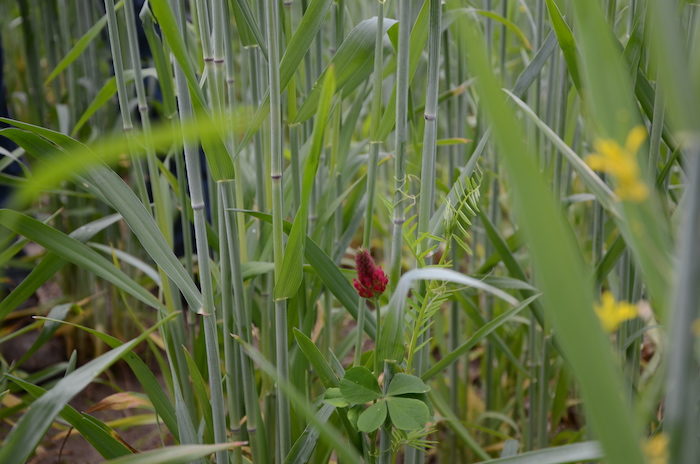No-Till Farmer
Get full access NOW to the most comprehensive, powerful and easy-to-use online resource for no-tillage practices. Just one good idea will pay for your subscription hundreds of times over.

No-till practices don’t just save labor, fuel and machinery costs, but benefit the mysterious biological world beneath the soil surface that can have a big impact on plant health and yields.
While there isn’t enough evidence to show plants actually “talk” to each other, there’s plenty of research that verifies plants play an active role in seeking nutrients, defending themselves from pests and disease, responding to invasive plants and stimulating soil microbial activity, says Kearney, Neb., soil scientist Ray Ward of Ward Laboratories.
Plants emit at least 90 different compounds, or organic chemicals, in responding to environmental conditions, and a host of environmental factors can stimulate a plant to produce and emit one or more compounds to aid that plant in growth or survival, he says.
Plant roots produce three major compounds: citric acid, malic acid and oxalic acid.
Citric acid is a sharp-tasting crystalline acid present in the juice of lemons and other sour fruits. Malic acid, also a crystalline substance, is found in unripe apples and other fruits, and oxalic acid is found in rhubarb leaves, wood sorrel and other plants.
“When a plant leaks out one of these acids, it’s because the plant is in need of some kind of nutrients, needs to ward off pests and pathogens or aid itself in some way,” Ward says. “Seeking nutrients is a common reason plants exude chemicals.”
The process through which soil microbes deliver nutrients and other elements to plant roots is complex and takes…